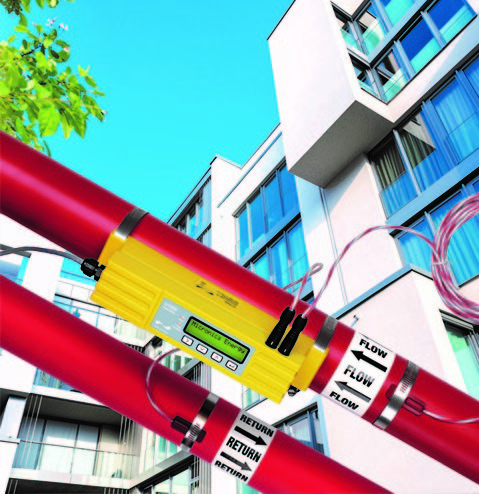Micronics heatmeters facilitate accurate cost allocation in 7-storey building

A regional provider of electrical engineering and contracting services to the commercial, industrial, health and educational sectors installed 14 Micronics U1000 Heatmeters in a new 7 storey building in Princes Street, Manchester
Based in Salford, Greater Manchester, WMB Mechanical has been established in the North West since 1982. The units were required as part of a Building Management scheme. As the client was sub-letting each floor, they wanted to monitor energy usage as part of an energy saving scheme and for the purposes of accurate billing.
The U1000MKII-HM is a “Best Value” Clamp-on, Ultrasonic heat meter alternative to traditional inline energy meters, for energy management and billing applications in domestic and commercial, district or shared heating or cooling systems.
The significant installation benefits the ultrasonic clamp-on thermal, heat/energy meter also delivers cost and dry maintenance benefits over traditional inline products. The Micronics U1000 meter is suitable for flow metering of hot water, chilled water, potable water and demineralised water, making it very flexible for use in the energy management or building services industries for LTHW or chilled water circuits. It uses ultrasound to measure flow rate and PT100 temperature sensors to measure flow and return temperatures, displaying energy rate and totalised energy with pulse output and communication options








